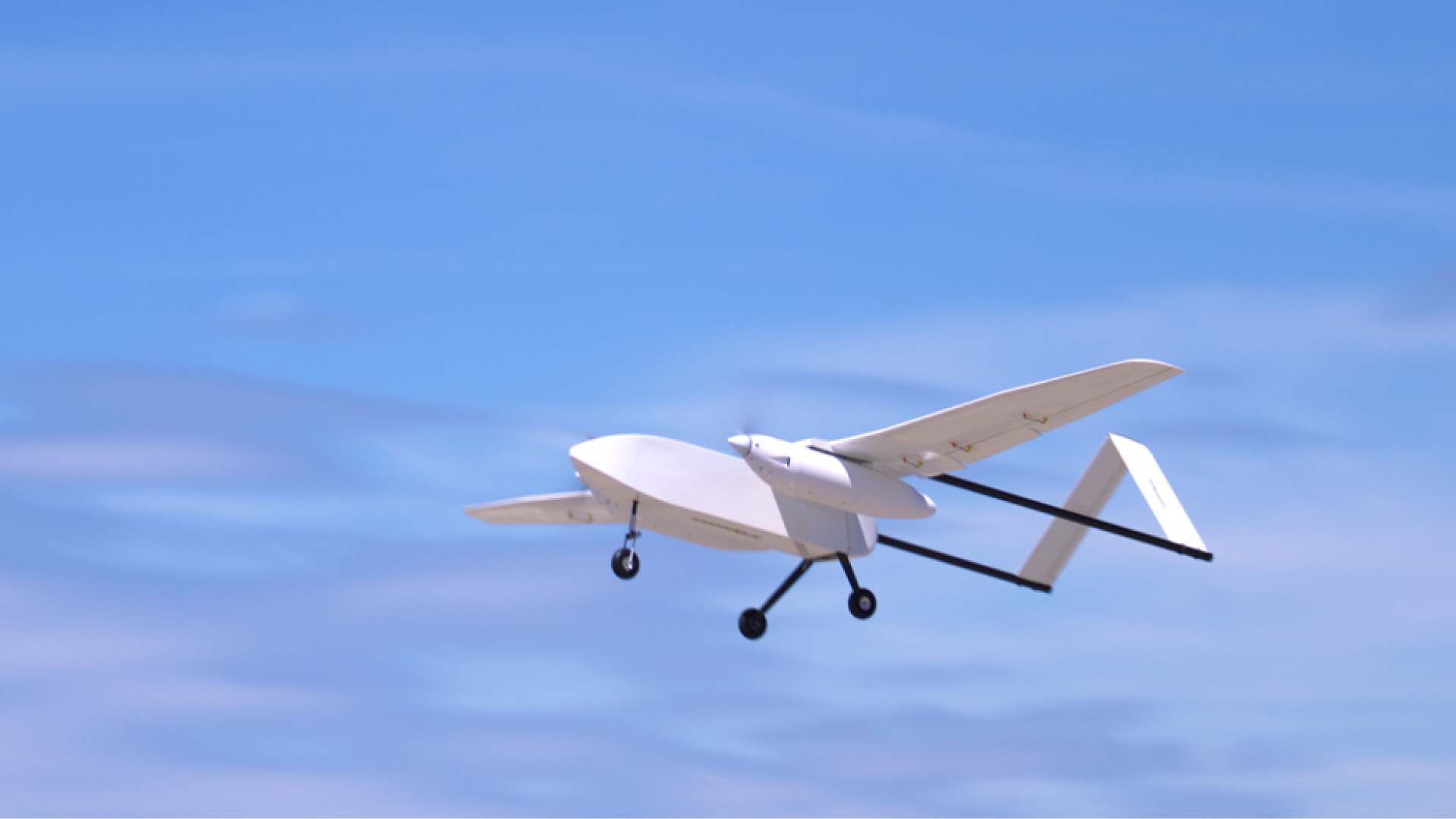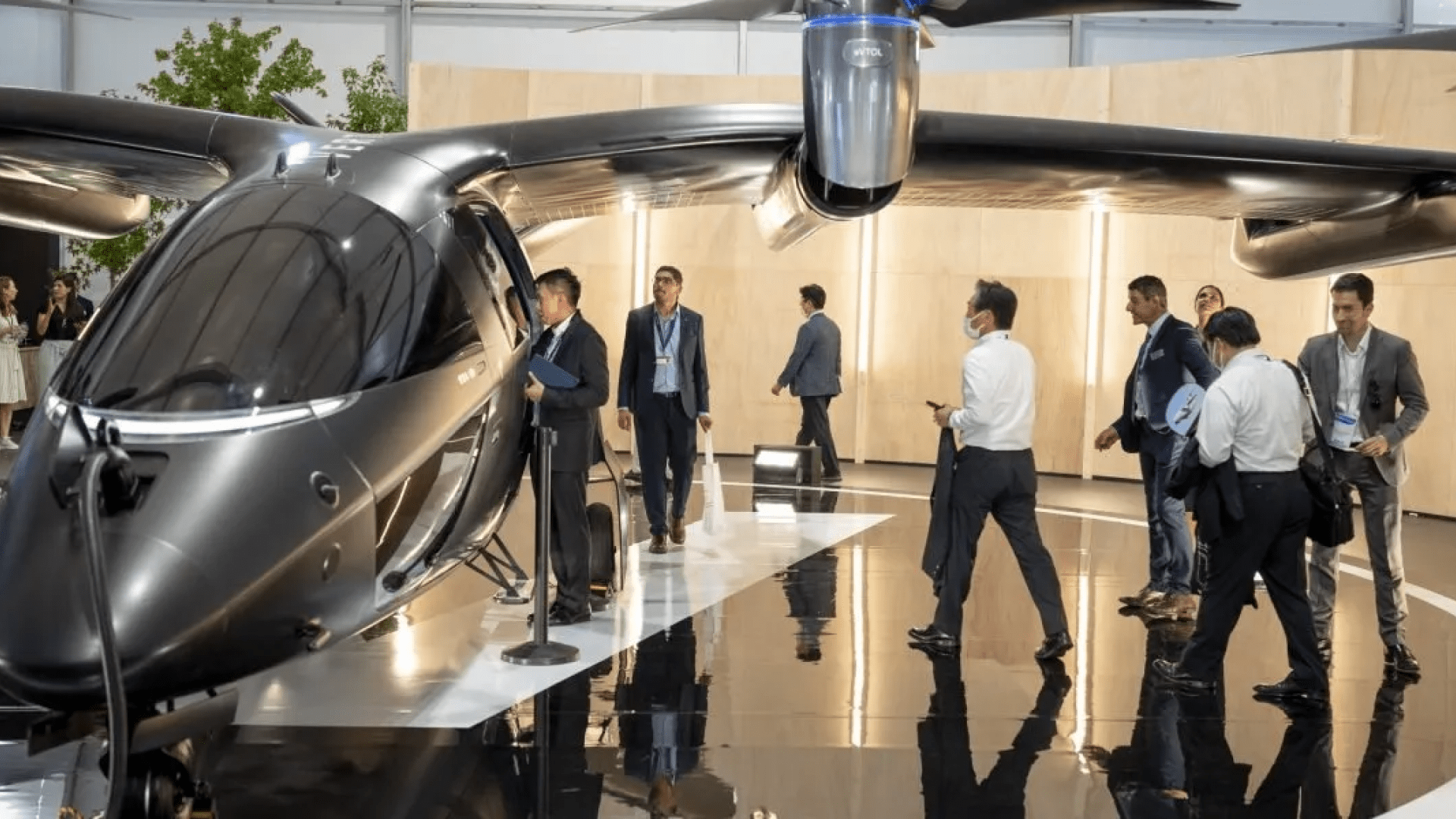In recent years, the concept of urban air mobility has captured the imaginations of innovators, researchers, and city planners worldwide. The advent of air taxis, also known as flying cars or electric vertical takeoff and landing (eVTOL) vehicles, holds the promise of revolutionizing urban transportation and addressing the challenges of congestion, pollution, and limited infrastructure capacity. This article explores the potential of air taxis, their current status, relevant statistics, and the challenges faced by this emerging industry.
A new state of Urban Air mobility
The Promise of Urban Air Mobility The concept of urban air mobility envisions a future where short-distance air travel becomes a viable mode of transportation, akin to hailing a ride-share service.
Air taxis, with their vertical takeoff and landing capabilities, offer several potential advantages:
1.1 Congestion Relief: Urban areas are plagued by traffic congestion, causing significant delays and economic losses. Air taxis have the potential to alleviate congestion by taking advantage of the three-dimensional airspace, reducing travel times and improving overall efficiency.
1.2 Environmentally Friendly: Electric-powered air taxis have the potential to significantly reduce emissions and combat air pollution in urban areas. By replacing conventional combustion engines with electric motors, these vehicles can contribute to a greener transportation ecosystem.
1.3 Improved Connectivity: Air taxis could provide a faster and more direct mode of transportation, connecting regions that are currently underserved by traditional transportation infrastructure. This enhanced connectivity could have far-reaching implications for business, tourism, and emergency services.

Current State of Air Taxis
While the concept of air taxis may sound like science fiction, significant progress has been made in recent years to bring this vision closer to reality. Several companies, including established aircraft manufacturers and startups, are actively developing eVTOL vehicles and associated infrastructure. Notable examples include Uber Elevate, Joby Aviation, Lilium, Volocopter, and EHang.
2.1 Ecosystem Development: The air taxi industry is not just about the vehicles themselves; it requires the development of an entire ecosystem. This includes the establishment of vertiports (air taxi hubs), air traffic management systems, vehicle charging infrastructure, and regulations to ensure safety and integration with existing airspace.
2.2 Technology Advancements: Advances in electric propulsion, lightweight materials, and autonomous systems have been instrumental in making air taxis a reality. Companies are leveraging these technologies to create vehicles that are efficient, safe, and capable of carrying passengers on short-haul trips.
2.3 Testing and Certification: The development of air taxis involves rigorous testing and certification processes to ensure safety and reliability. Regulatory agencies such as the Federal Aviation Administration (FAA) in the United States are actively engaged in developing certification standards specific to eVTOL aircraft.
The Graph of Urban Air Mobility
3.1 Market Growth: According to a study by Morgan Stanley, the urban air mobility market could reach a value of $1.5 trillion by 2040. This estimate takes into account factors such as the demand for air taxis, infrastructure development, and associated services.
3.2 Passenger Demand: A survey conducted by Deloitte found that 40% of respondents from major cities worldwide would consider using air taxis for daily commuting. This indicates a strong potential demand for urban air mobility services once they become commercially available.
3.3 Environmental Impact: A study by the University of Michigan found that widespread adoption of air taxis could reduce greenhouse gas emissions by 52% per passenger-mile compared to conventional internal combustion engine vehicles. This significant reduction in emissions highlights the potential environmental benefits of air taxis.
Challenges Facing the Industry
Despite the promise and potential of urban air mobility, several challenges need to be addressed for the industry to thrive:
4.1 Infrastructure Requirements: The establishment of vertiports and charging infrastructure is crucial for the successful operation of air taxis. Building these facilities within urban areas poses significant logistical and land-use challenges. Additionally, integrating air taxis into existing airspace and developing efficient air traffic management systems are complex tasks that require close collaboration with regulatory authorities.
4.2 Safety and Certification: Ensuring the safety of passengers and the general public is paramount. Developing rigorous certification standards specific to eVTOL aircraft, conducting comprehensive testing, and establishing robust maintenance protocols are essential to gain public trust and regulatory approval.
4.3 Noise Pollution: Air taxis, especially during takeoff and landing, can generate considerable noise. Addressing noise pollution concerns is crucial to avoid disturbances to residents living near vertiports and flight paths. Innovations in aerodynamics and propulsion systems, along with stringent noise regulations, can help mitigate this challenge.
4.4 Energy Efficiency and Battery Technology: Electric-powered air taxis rely on advanced battery technology to achieve the required range, speed, and payload capacity. Improving battery energy density, charging speeds, and overall efficiency is crucial for the commercial viability and sustainability of the industry.
4.5 Affordability and Accessibility: For air taxis to become a mainstream mode of transportation, they need to be affordable and accessible to a wide range of users. Reducing costs associated with vehicle production, maintenance, and operations, as well as addressing issues of equity and inclusivity, will be vital for the industry’s success.
4.6 Regulatory Framework: Developing a comprehensive regulatory framework that ensures safety, standardization, and integration with existing aviation systems is a complex task. Coordination between industry stakeholders, regulatory agencies, and policymakers is essential to establish clear guidelines and overcome legal and bureaucratic hurdles
4.7 Operational Efficiency: Integrating eVTOLs and air taxis into existing operations may require airlines to reassess their fleet management strategies, crew training, and maintenance protocols. Optimizing operations to accommodate these new vehicles while maintaining safety standards can pose challenges but can be mitigated through careful planning and phased implementation.
4.8 Consumer Acceptance: The success of eVTOLs and air taxis hinges on consumer acceptance and willingness to adopt these new modes of transportation. Airlines need to carefully gauge market demand, conduct thorough market research, and create effective marketing strategies to drive customer adoption and ensure a sustainable business model.
Location matters
Despite the challenges, a promising future for electrified UAM is emerging. McKinsey’s Center for Future Mobility reports that 72% of the top 25 aerospace manufacturers and 64% of the leading suppliers are actively engaged in developing future air mobility technologies. Orders for 16,000 EVTOLs, amounting to approximately £85 billion, have been placed in the last five years.
Location plays a vital role in driving demand for EVTOL operations. Optimal placement of ground infrastructure is crucial, with prime locations including business districts, airports, and areas lacking transportation options. Pontoise Aerodrome, located 25 miles northwest of Paris, is currently testing critical EVTOL technology and passenger processing infrastructure. This project involves France’s civil aviation authority, Groupe ADP (the airport operator), German EVTOL manufacturer Volocopter, and Sita, which provides biometric infrastructure to streamline check-in, security, and boarding processes. Once the terminal is completed, comprehensive testing of procedures and technologies will commence in a realistic aviation environment. Pontoise Aerodrome will serve as a blueprint for a vertiport network during the 2024 Summer Olympics, connecting various locations in Paris.





